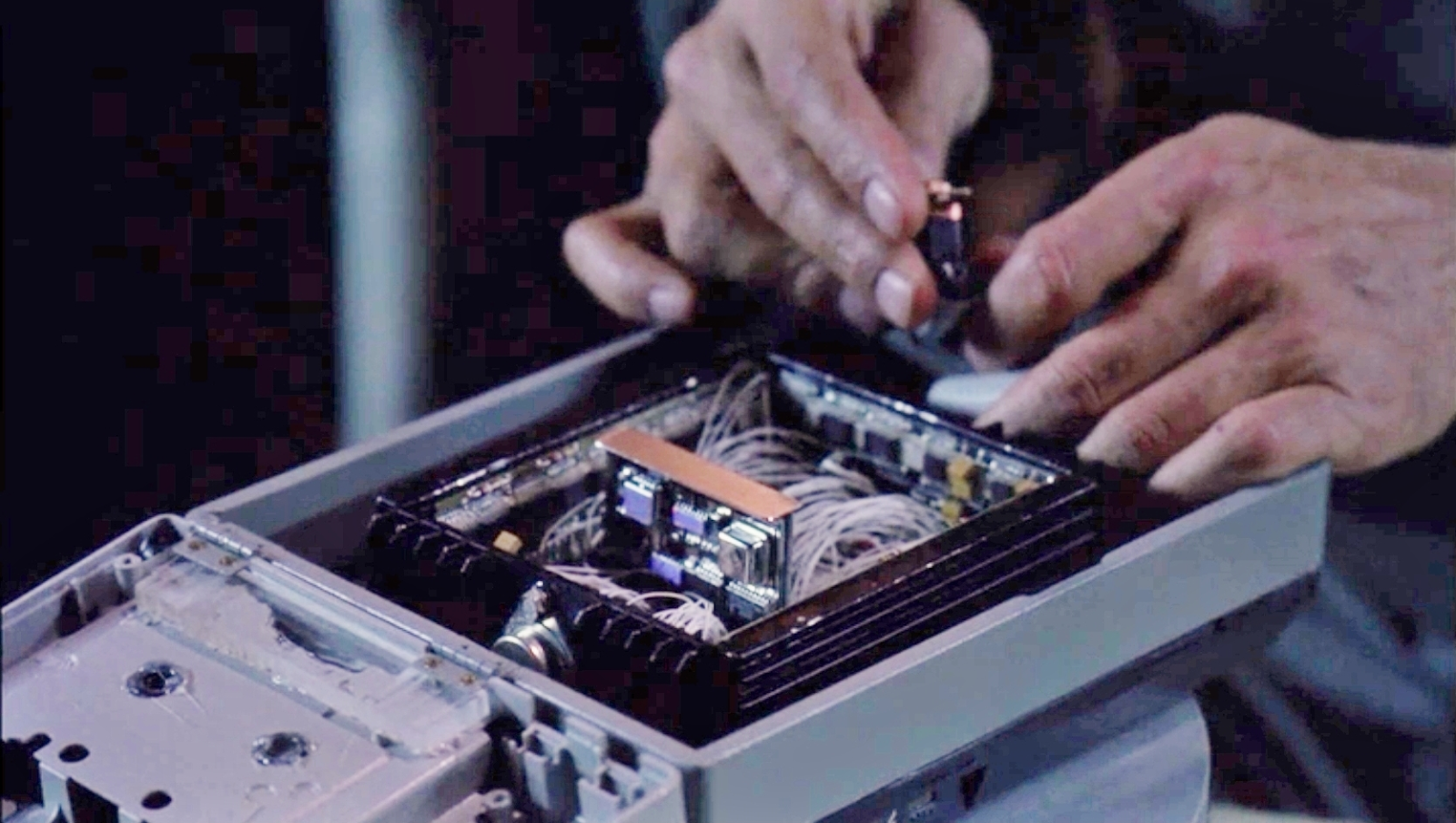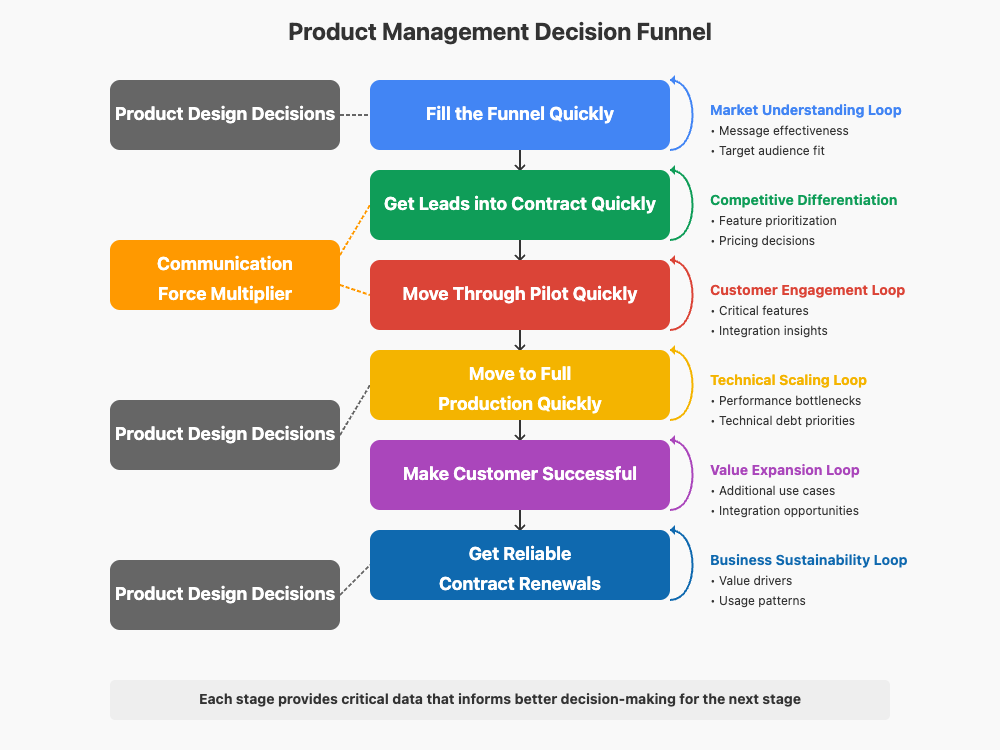In the early 2000s, I was responsible for a number of core security technologies in Windows, including cryptography. As part of that role, we had an organizational push to support “vanity” national algorithms in SChannel (and thus SSL/TLS) and CMS. Countries like Austria and China wanted a simple DLL‑drop mechanism that would allow any application built on the Windows crypto stack to instantly support their homegrown ciphers.
On paper, it sounded elegant: plug in a new primitive and voilà, national‑sovereignty protocols everywhere. In practice, however, implementation proved far more complex. Every new algorithm required exhaustive validation, introduced performance trade-offs, risked violating protocol specifications, and broke interoperability with other systems using those same protocols and formats.
Despite these challenges, the threat of regulation and litigation pushed us to do the work. Thankfully, adoption was limited and even then, often misused. In the few scenarios where it “worked,” some countries simply dropped in their algorithm implementations and misrepresented them as existing, protocol-supported algorithms. Needless to say, this wasn’t a fruitful path for anyone.
As the saying goes, “failing to plan is planning to fail.” In this case, the experience taught us a critical lesson: real success lies not in one-off plug-ins, but in building true cryptographic agility.
We came to realize that instead of chasing edge-case national schemes, the real goal was a framework that empowers operators to move off broken or obsolete algorithms and onto stronger ones as threats evolve. Years after I left Microsoft, I encountered governments still relying on those early plugability mechanisms—often misconfigured in closed networks, further fracturing interoperability. Since then, our collective expertise in protocol engineering has advanced so far that the idea of dynamically swapping arbitrary primitives into a live stack now feels not just naïve, but fundamentally impractical.
Since leaving Microsoft, I’ve seen very few platforms, Microsoft or otherwise, address cryptographic agility end-to-end. Most vendors focus only on the slice of the stack they control (browsers prioritize TLS agility, for instance), but true agility requires coordination across both clients and servers, which you often don’t own.
My Definition of Crypto Agility
Crypto agility isn’t about swapping out ciphers. It’s about empowering operators to manage the full lifecycle of keys, credentials, and dependent services, including:
- Generation of new keys and credentials
- Use under real-world constraints
- Rotation before algorithms weaken, keys exceed their crypto period, or credentials expire
- Compromise response, including detection, containment, and rapid remediation
- Library & implementation updates, patching or replacing affected crypto modules and libraries when weaknesses or compromises are identified
- Retirement of outdated materials
- Replacement with stronger, modern algorithms
Coincidentally, NIST has since released an initial public draft titled Considerations for Achieving Crypto Agility (CSWP 39 ipd, March 5, 2025), available here. In it, they define:
“Cryptographic (crypto) agility refers to the capabilities needed to replace and adapt cryptographic algorithms in protocols, applications, software, hardware, and infrastructures without interrupting the flow of a running system in order to achieve resiliency.”
That definition aligns almost perfectly with what I’ve been advocating for years—only now it carries NIST’s authority.
Crypto Agility for the 99%
Ultimately, consumers and relying parties—the end users, application owners, cloud tenants, mobile apps, and service integrators—are the 99% who depend on seamless, invisible crypto transitions. They shouldn’t have to worry about expired credentials, lapsed crypto periods, or how to protect and rotate algorithms without anxiety, extensive break budgets or downtime.
True agility means preserving trust and control at every stage of the lifecycle.
Of course, delivering that experience requires careful work by developers and protocol designers. Your APIs and specifications must:
- Allow operators to choose permitted algorithms
- Enforce policy-driven deprecation
A Maturity Roadmap
To make these lifecycle stages actionable, NIST’s Crypto Agility Maturity Model (CAMM) defines four levels:
- Level 1 – Possible: Discover and inventory all keys, credentials, algorithms, and cipher suites in use. Catalog the crypto capabilities and policies of both parties.
- Level 2 – Prepared: Codify lifecycle processes (generation, rotation, retirement, etc.) and modularize your crypto stack so that swapping primitives doesn’t break applications.
- Level 3 – Practiced: Conduct regular “crypto drills” (e.g., simulated deprecations or compromises) under defined governance roles and policies.
- Level 4 – Sophisticated: Automate continuous monitoring for expired credentials, lapsed crypto-period keys, deprecated suites, and policy violations triggering remediations without human intervention.
Embedding this roadmap into your operations plan helps you prioritize inventory, modularity, drills, and automation in the right order.
My Lifecycle of Algorithm and Key Management
This operator-focused lifecycle outlines the critical phases for managing cryptographic algorithms and associated keys, credentials, and implementations, including module or library updates when vulnerabilities are discovered:
- Generation of new keys and credentials
- Use under real-world constraints with enforced policy
- Rotation before degradation or expiration
- Compromise response (detection, containment, remediation)
- Library & Implementation Updates, to address discovered vulnerabilities
- Retirement of outdated keys, credentials, and parameters
- Replacement with stronger, modern algorithms and materials
Each phase builds on the one before it. Operators must do more than swap out algorithms—they must update every dependent system and implementation. That’s how we minimize exposure and maintain resilience throughout the cryptographic lifecycle.
Conclusion
What’s the message then? Well, from my perspective, cryptographic agility isn’t a feature—it’s an operational mindset. It’s about building systems that evolve gracefully, adapt quickly, and preserve trust under pressure. That’s what resilience looks like in the age of quantum uncertainty and accelerating change.


